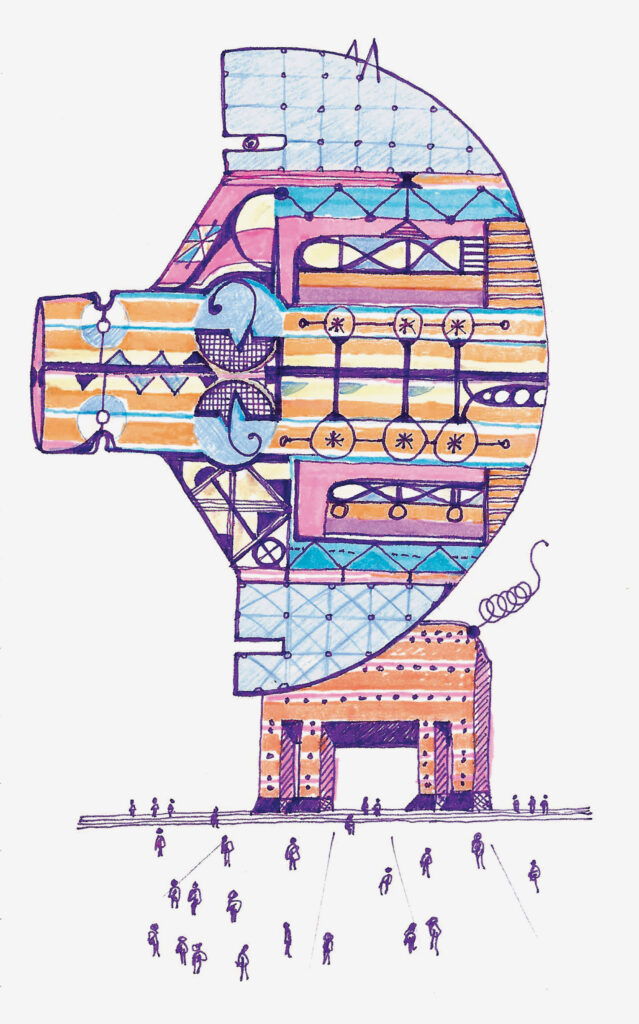
Why we love the places we love
This year’s SXSW Interactive Conference in Austin continued to cement its place as a global nexus for innovation, creative technology, and future-focused discourse. From climate resilience to speculative design, the event brought together designers, technologists, policymakers, and storytellers to imagine what’s next for our collective future. Overarching themes this year focused on sustainability, equity, and the power of imagination to shape real-world outcomes. While artificial intelligence, immersive media, and ethics in tech remained key threads throughout the conference, there was a noticeable presence of sessions dedicated to the built environment—both its past and its potential futures.
In a session celebrating the 75th anniversary of the iconic Eames House—also known as Case Study House #8—Eames Demetrios, director of the Eames Office, chairman of the Eames Foundation, and grandson of Charles and Ray Eames, explored the legacy of one of modern architecture’s most celebrated homes. Demetrios used the house as both subject and metaphor, exploring how it embodies the couple’s holistic approach to design, architecture, and storytelling. Far more than just a residence, the Eames House serves as a physical manifestation of their philosophy: a commitment to function, beauty, and human-centered design. The session wove together personal stories and historical context, illustrating how the Eames House functions as both a residence and a narrative device—a portal into the designers’ broader work and worldview. Importantly, Demetrios discussed the current work of the Eames Foundation to preserve this cultural treasure for future generations. In doing so, he highlighted the challenge of balancing preservation with evolution—ensuring the Eames legacy remains accessible, while staying relevant in a rapidly changing world.
Architect and writer Jes Deaver, AIA, led a thought-provoking session titled “Brave New City: Design Through the Lens of Science Fiction,” which explored how speculative storytelling can shape the way we build and inhabit cities. Drawing from themes previously explored in Texas Architect, Deaver argued that science fiction is not merely fantasy—it’s a powerful tool for imagining and problem-solving. Referencing cultural touchstones like Blade Runner and Hugh Howey’s Wool, the session illustrated how fictional environments can inspire real-world design. Deaver stressed that cities should not only be efficient and technologically advanced, but also rooted in context—shaped by land, memory, and the communities that call them home. The talk encouraged attendees to think beyond technical solutions and consider how imaginative narratives can help create more equitable, resilient urban futures. Utopian and dystopian stories alike, she argued, can serve as blueprints for visionary yet grounded design.
Finally, one of the most urgent and impactful sessions of the conference was the panel “City Climate Planning When the Climate Is Already Changing.” With urban areas accounting for 70 percent of global carbon emissions and housing the majority of the world’s population, cities are at the forefront of both climate vulnerability and opportunity. Panelists included Ava Richardson (Sustainability Director, Baltimore), Vivian Satterfield (Chief Sustainability Officer, Portland), Hilari Varnadore (VP of LEED for Cities, U.S. Green Building Council), and moderator Susan Peterson (editor and producer at NPR affiliate WESA). Together, they explored how cities can develop adaptive, community-driven climate strategies even in the face of limited federal support. Key takeaways included the need to integrate equity and resilience into climate planning, engage frontline communities as true partners in policymaking, and pursue innovative financing mechanisms to fund sustainability and resilience initiatives. The panel emphasized that successful climate planning must be inclusive, sustainable, and deeply local.
This year’s SXSW Interactive made clear that the future of cities will be shaped not only by emerging technologies but also by creativity, culture, and collaboration. Whether discussing the preservation of architectural history, designing cities inspired by science fiction, or planning for climate resilience, these sessions collectively underscored the importance of reimagining how we live together. The message was simple but powerful: the future is something we must design—boldly, responsibly, and together

Anastasia Calhoun, Assoc. AIA, NOMA, is the editor of Texas Architect.

Why we love the places we love
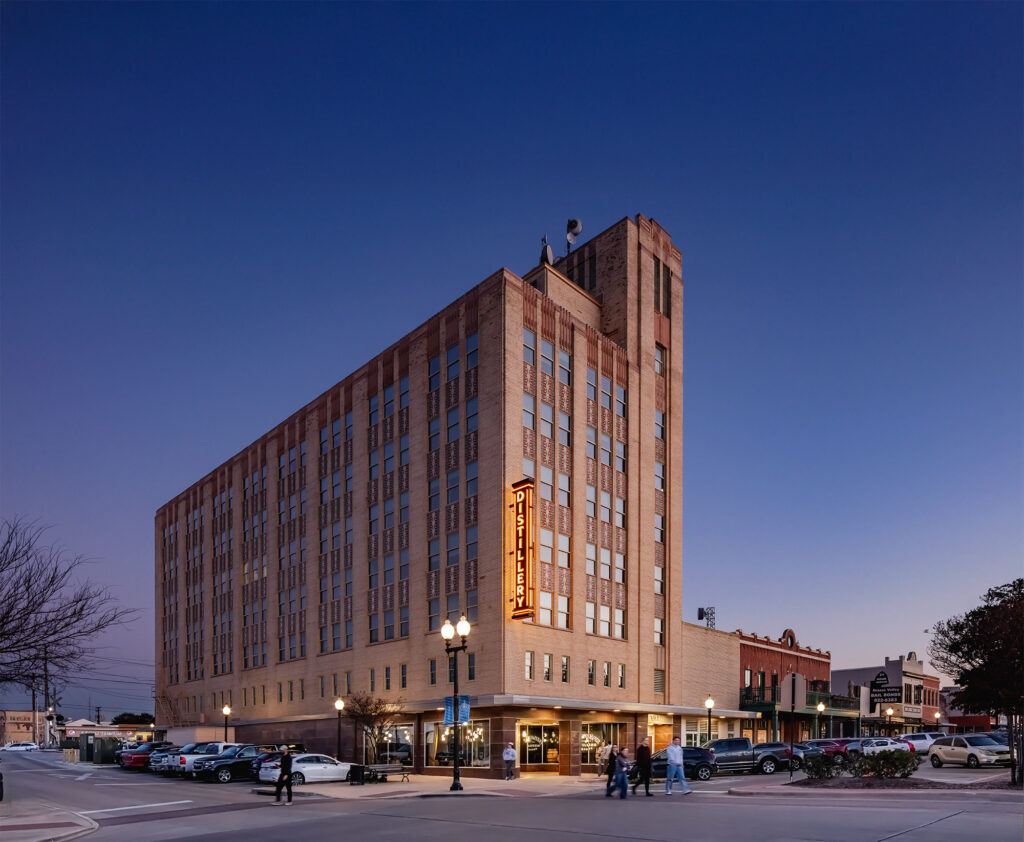
A Space Designed to Age Like Whiskey
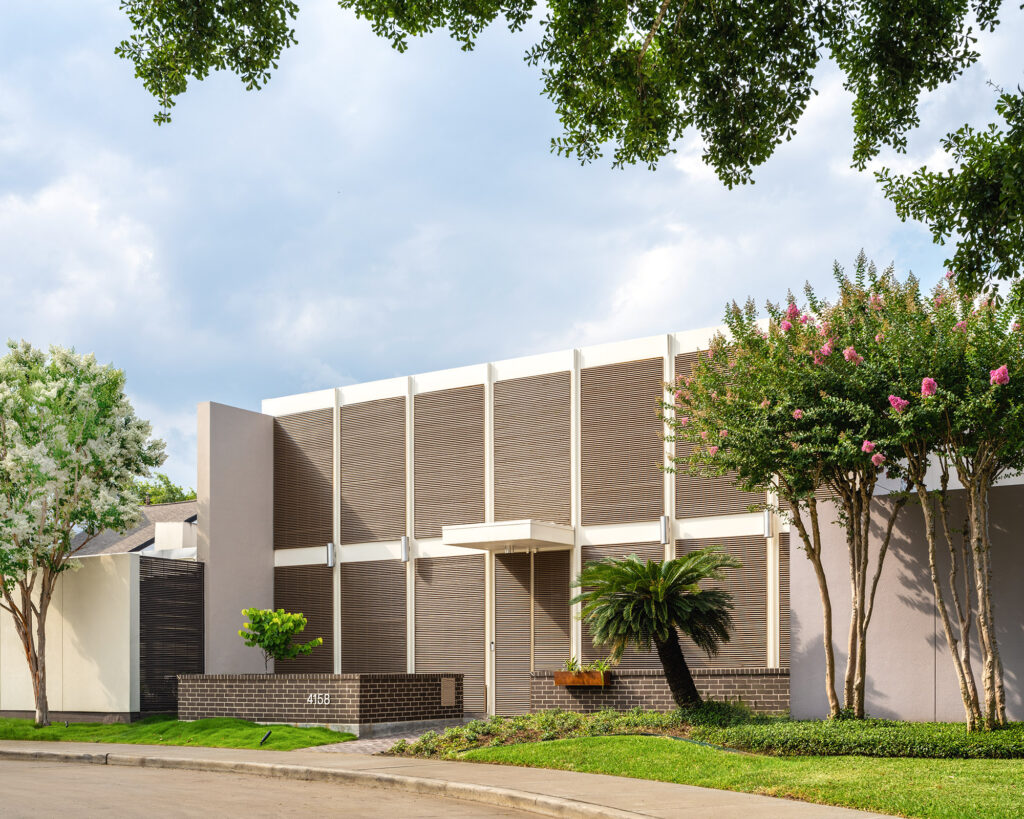
Restoring a Midcentury Townhouse

Why Every City Needs an Architect

Lessons in Mass Timber

Learning from Biogenic Materials

The Allen Teleport 50 Years Later





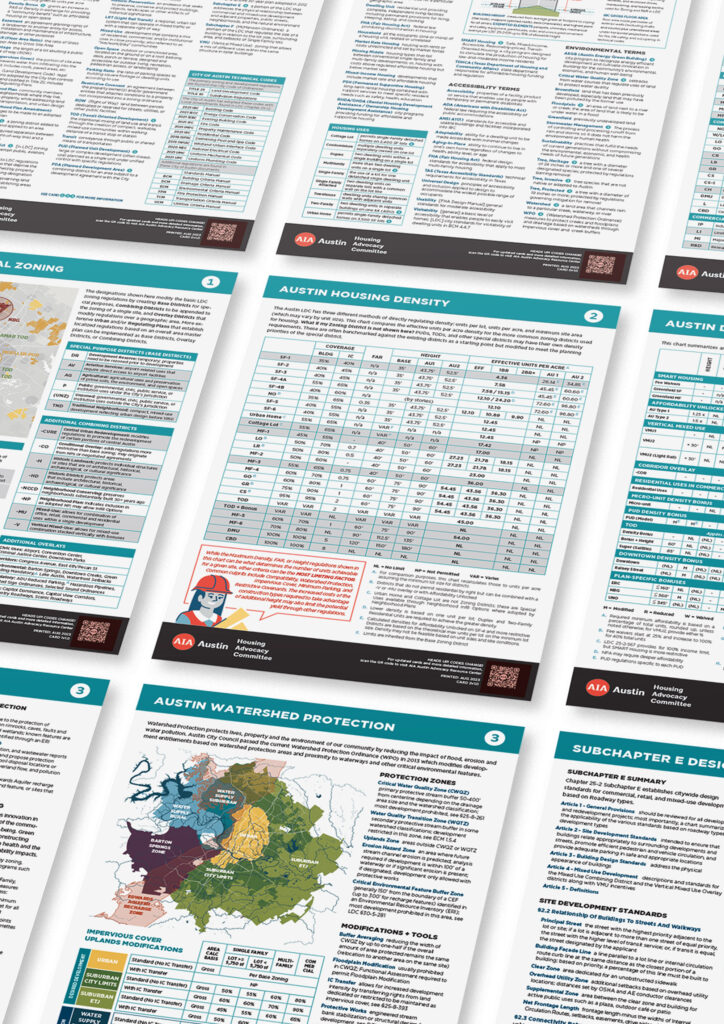
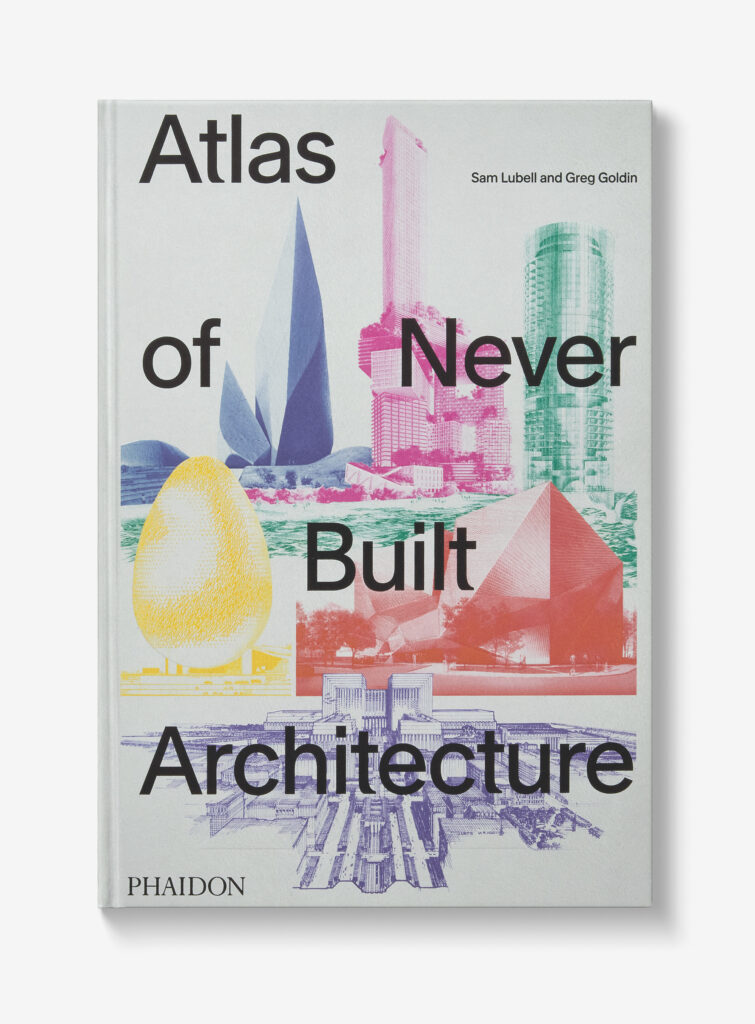
Atlas of Never Built Architecture
Sam Lubell and Greg Goldin
Phaidon, 2024
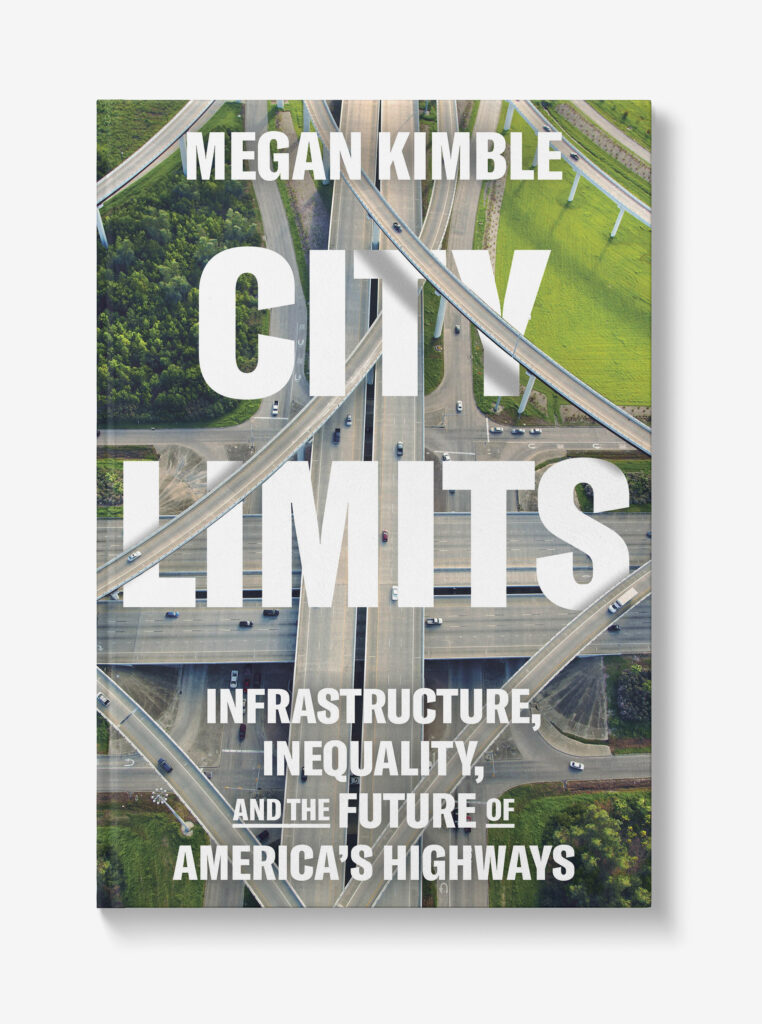
City Limits: Infrastructure, Inequality, and the Future of America’s Highways
Megan Kimble
Crown Publishing Group, 2024
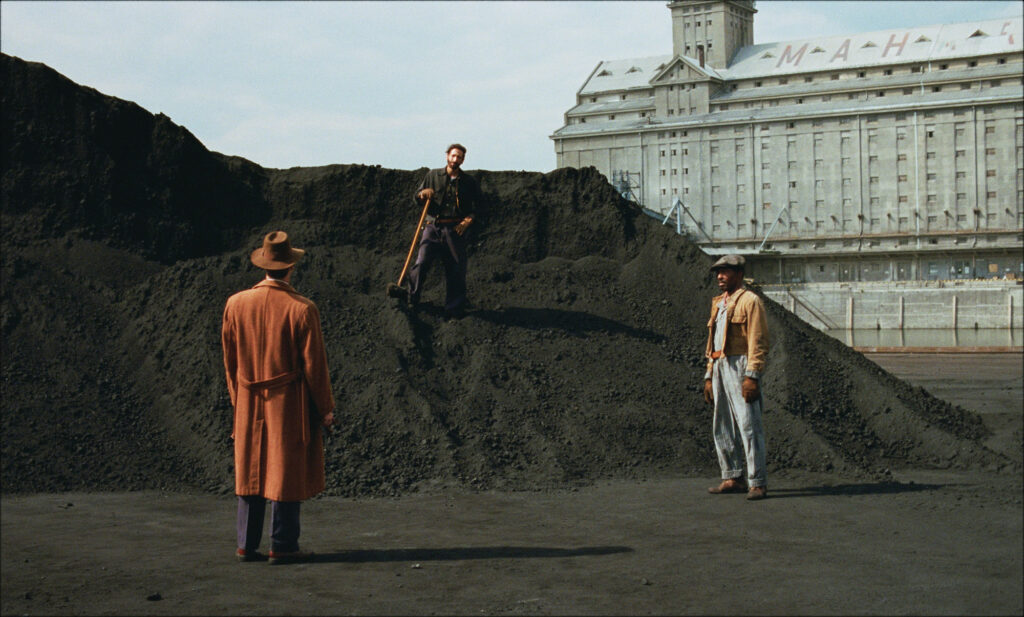
The Brutalist
Directed by Brady Corbet
Written by Brady Corbet and Mona Fastvold
Brookstreet Pictures and Kaplan Morrison, 2024

Each of these new products takes a novel approach to traditional surfacing materials—from recycled plastic to metal to concrete.
